
Brian's Run Pod
Welcome to Brian's Run Pod, the podcast where we lace up our running shoes and explore the exhilarating world of running. Whether you're a seasoned marathoner, a casual jogger, or just thinking about taking your first stride, this podcast is your ultimate companion on your running journey.
Join us as we dive deep into the sport of running, covering everything from training tips and race strategies to personal stories and inspiring interviews with runners from all walks of life. Whether you're looking to improve your race times, stay motivated, or simply enjoy the therapeutic rhythm of running, Brian's Run Pod has something for every runner.
Brian's Run Pod
The Revolutionary Power of PNF Stretching for Runners
We explore the revolutionary world of PNF stretching with Vanessa Lenssen, founder of Stretch Life, and Beverly Analuwa, studio manager and physiotherapist, diving into how this technique can transform a runner's flexibility, prevent injuries, and boost performance.
• PNF stretching works by retraining your nervous system, not just stretching muscles
• Developed in the 1940s, this method is still taught in physiotherapy programmes today
• The technique sends signals to your brain that it's safe to move beyond your natural stretch reflex
• Unlike static stretching, PNF creates muscle memory for sustainable, long-term flexibility
• Benefits include reduced inflammation, better sleep, improved joint alignment, and pain reduction
• Breathing techniques are crucial to achieving deeper stretches and calming the nervous system
• Sessions provide immediate improvements in range of motion without causing pain
• Ideal frequency is a 50-minute session every two weeks
• Perfect for runners of all levels from casual parkrunners to marathon competitors
• One client eliminated shin splints and met his marathon time goals after eight sessions
Come experience how PNF stretching can help you move better, feel taller, and unlock flexibility you never knew you had.
Brian's Run Pod has become interactive with the audience. If you look at the top of the Episode description tap on "Send us a Text Message". You can tell me what you think of the episode or alternatively what you would like covered. If your lucky I might even read them out on the podcast.
Instagram
Hey there, before we dive into the podcast, I just wanted to let you know that we had a few hiccups with the technical stuff, but don't worry, I've managed to fix them in post-production. Vanessa and Beverly were super understanding and I hope you'll enjoy the conversation. Plus, I was really excited to have someone who has a stretch studio, and it was even better to have someone who specializes in PNF stretching. Sorry about the sound quality, but be patient. As always, I've split the podcast into two parts, so let's get started. So you're thinking about running, but not sure how to take the first step. My name is Brian Patterson and I'm here to help.
Speaker 1:Welcome to Brian's Rompod. Hi, welcome to the show. It's Brian's Rompod and I'm your host, brian Patterson, with you to talk about all things running. Now I know I'm guilty of it, and probably most of you are, and that is stretching. Well, today I hope to have the answer. In this episode we delve into the world of proprioceptive neuromuscular facilitation Hopefully I've said that right and we'll be talking to Vanessa Lenson, the innovative mind behind Stretch Life, and Beverly Analoa I think I've said that right and the studio manager and physio at Stretch Life. So we'll explore how PNF stretching can revolutionize a runner's routine, enhance flexibility, preventing injuries, boosting overall performance, and I've been wanting to explore this subject for ages, so I hope you're ready to be informed. So I'd just like to say welcome to the show. Beverly and Vanessa, how are you?
Speaker 2:Very good, thanks for having us.
Speaker 1:I'd like to start with you, Vanessa, because you are the founder and CEO of Stretch Life. What was your background before Stretch Life and how did you kind of arrive to this point?
Speaker 2:Yeah, so I mean my background's, not in the wellbeing industry.
Speaker 1:Right.
Speaker 2:Before that I was predominantly in tech and side of things, kind of before that in travel, but the thing that really brought me to this was my own health and my own situation. So as a teenager I suffered with joint issues which kind of carried me through into adulthood, unfortunately, and I found through PNS stretching I was able to really help my own body recover and I've been able to manage my own condition without medication but through the stretching side of things and I just really wanted to bring that to more people. It helps others move better, helps them recover well, and I wanted to. I thought about my own body a lot and I've seen kind of how it could benefit me but wanted to think other people really to think about that kind of functional movement as really like a foundation for their own health, show them how powerful it can be were you quite active at school or?
Speaker 2:very active, yeah, right. I wasn't a oh, I used to cross country running, but okay any other kind of. I wasn't a sprinter, I was kind of more of a long distance with it. I was a dancer and kind of through that. So, yes, very active as that and it did really set me back.
Speaker 1:Beverly, what was your background? I know you're a physio by trade. Have you always been into sport?
Speaker 3:So for our teams I've been quite active. So I used to be a sprinter up until kind of early 20s, played some team sports as well, and then I even went into working working in sports rehab, before I I started working in physiotherapy, um, and then being able to kind of combine that with kind of working in sport settings.
Speaker 1:Right, right, I understand. I looked at your LinkedIn. You you worked for an American football team, is that right?
Speaker 3:Yeah, so I work for GB American football, so I'm the head of medical within American football, so I oversee the medical team for our kind of performance staff.
Speaker 1:So what I want to do is just find out a little bit of background as to how. What's the history behind PNF, because I understand it sort of like sort of dates sort of backs to the 1940s. Is that right, vanessa?
Speaker 2:It is, yeah. So it was originally designed in the 1940s by a neurophysiologist and then in the 50s kind of joined by two physiotherapists who brought PNF stretching into physio, and it's still taught today as part of a physio degree. Physiotherapists still practice PNF stretching.
Speaker 1:Oh right, Okay, and so to the uninitiated. Basically, what is it?
Speaker 2:So I think with PNF, most people think flexibility is just about your muscles, yeah.
Speaker 2:But, actually real sustainability comes from retraining your nervous system.
Speaker 2:So it kind of helps to think about your brain, maybe, as like a gatekeeper for your body, and so it decides how far your body can safely go.
Speaker 2:So if there's any threat or potential injury, you've all got an inbuilt stretch reflex that kicks in to prevent yourself from injury and from going too far in a stretch. So what happens with PNF stretching is it engages both your nervous system with your muscular system, sends a message to your brain to say it's safe, it's okay to go beyond that stretch reflex, and it allows your body to go into a much deeper range of motion. So you get a deeper, more impactful stretch, but without pain. That's the important thing no pain whilst you're doing the stretch session, but also no pain after the stretch session as well. And it's also something. Pnf is something that you can't necessarily do at home or you can't replace it with general movement techniques, because it requires very precise timing, very active involvement with your stretch therapist and guidance from the therapist as well on how far to move your body so that it gets into that safe range of motion.
Speaker 1:Is there anything you'd like to add to that Beverly?
Speaker 3:I think it's. Yeah, what Vanessa has mentioned with that mind-body connection is it's where it really does take you into that deeper stretch. We always ask clients to kind of breathe deeply as well. So it helps to calm down the nervous system and not only are you getting into a deeper stretch, but it's also kind of reducing inflammation. It also helps with being able to sleep better. So there's other benefits outside of just increasing that range of movement.
Speaker 1:Okay so, um the, obviously you're gonna have to require, let's say, someone else to be doing the stretching. Um, and is there a type of person who this really, really benefits?
Speaker 2:it benefits everybody yeah so it. We see people in the studio right from the very stiff yeah, the way through to the hypermobile.
Speaker 1:Yeah.
Speaker 2:So the whole range of flexibility, because it's working with your nervous system and your muscular system, it can benefit everyone and it's safe for everyone to be able to do. In that sense, Obviously, if you're looking at it from a runner's body, very, very beneficial on that side because it helps prevent injury as well as kind of helping to recover from any kind of stiffness, tension, tightness as well. And I think the real key with PNF is it's creating a muscle memory in your brain so your body is remembering that openness, it's remembering how to be more flexible so you get actually sustainable long-term results from it. So you're not tightening in between sessions in anywhere near the same way as if you were doing a passive or static stretch on that side as well, so it just helps you feel better, move better for the long term as well so?
Speaker 1:is it so one would argue? Is it sort of like a foundation, so that when you go and let's say you, you know you've done maybe a few sessions, and then when you go home and then you kind of supplement your exercise with any stretching, your range of movement is a lot better, is that?
Speaker 2:yeah, you'll feel it in daily life. Yeah, you feel it when you get out of bed in the morning. You feel it when you're sitting at your desk for six, seven hours. Things just won't hurt and they won't tighten up yeah in the same way as they would if you weren't doing this, because your body is remembering how to stay open, your joints are aligning a lot better and and your just general movement patterns improve and you just feel that ease all the time.
Speaker 1:So I mean I've I've heard that you know I've talked to pilates, people that have heard that breathing is very it's quite an important part of of that sort of being able to say go beyond what you're comfortable with. Would you agree with that?
Speaker 2:yeah, 100 percent.
Speaker 2:Um, we work a lot on the breath through the stretch, so that's part of what the therapist will guide you to do, and you'd be amazed or maybe not at how many people hold their breath without even realizing, and especially when you're trying to do something like you probably know yourself if you're, you know when people are trying to do fitness, lift weights, any of that kind of stuff they just invariably will tense and hold their breath and obviously letting that go and also helps to kind of really just bring the nervous system down a notch as well. So part of the whole session is also learning how to breathe, and which sounds very simple, but, um, it isn't something that's that common and we do tense and tighten when we're sort of making an effort. So it's actually just letting that go does really help and get into a deeper stretch as well.
Speaker 1:Is that the um, I mean beverly? Do you agree that it's sort of like? But maybe a lot of beginners that's sort of one of the first things that they have to. People have to learn how to do as well. As you know, I know, someone's taking you through a range of movement.
Speaker 3:You know you've, you've got to breathe through it yeah, absolutely, and I think where, um, people don't not sure what to expect with the first session as well, so they may be a little bit more tense, um, so it's as therapists we guide them with the breathing to really, um kind of, you know, reduce the nervous system, but also it allows you to get deeper into the stretch.
Speaker 1:So even when you do sometimes stretch yourself, um, you find that, you know, on a out breath you're able to go a little bit deeper, and then it's exactly the same thing as when you're doing with the pnf as well yeah, so when, um, when people I just wanted to sort of like focus on, let's say, when people have kind of got injuries like I'm sort of going through an injury and haven't been running for a number of, a number of weeks, which can be a bit frustrating, you know, you sort of like people who do regularly run sort of thing um, so, compared to, let's say, other forms of therapy, how how could this be sort of beneficial for someone who is maybe injured?
Speaker 3:So I mean, when you compare it to just having a visit.
Speaker 1:Yeah, vanessa, go ahead. No, I think she's cut out again, so I'm afraid yeah.
Speaker 2:Oh, we'll take it then if she's cut out, if you're some injuries you would need to see a medical professional for. So it depends on what it actually is. Others will massively benefit from the PNF stretching. Also, remember, it comes from physio, so it is part of a recovery process as well, which is also really important that it is clinically proven. It's medically grounded, so it's safe for people to do as well and it can help speed up that recovery as well. Almost think of it as a bridge. So if you do need medical attention once you've gone through maybe your physio sessions or seen a medical professional, it's helping you kind of accelerate that recovery process to get you back up and running again after that then then it moves more into a preventative healthcare piece as well. So think about it that once you have recovered, how are you going to stop that injury happening again? Because you know runners in particular might ignore warning signals of things that niggle pain, that kind of thing, and you know they ignore it until it's too late.
Speaker 1:So assisted stretching can actually help prevent those injuries coming back as well right, right, okay, um, now have you had any sort of like sort of do you get sort of many runners that have come through your doors, um, who kind of felt that they've been getting a, you know, increased performance or they found it's kind of given them a new lease of life in terms of their uh uh, in terms of their their running and supplementing, you know, the exercise that they normally do?
Speaker 2:definitely we have people coming in from more casual runners, like your park runs, that type of thing, those who've kind of done the marathon um as well, and it does really help. So we had a one client I'm kind of thinking of his previous marathon. He suffered, couldn't run for five months after it and suffered from shin splints and absolute agony and after that and and real injury and after coming to us for a second marathon and eight sessions before he ran and he had zero injury. He met his target time and felt great afterwards on that side.
Speaker 1:So we see the result and do you think it's something that a treatment that can be, that that that needs to be done, sort of like over? Uh, you know you're not going to expect sort of like immediate, immediate benefits within two or three sessions, or is it something that maybe will have to take about a couple of months or something like?
Speaker 3:that the immediate results with range of movement. You'll see that straight away and the client will see it straight away. But then it's the kind of regular sessions. When they come in they notice even more improvements each time, even things like helping to reduce pain as well. They'll notice that from the first session and then it continues with kind of ongoing sessions.
Speaker 2:Okay, all right, sorry, bram.
Speaker 1:Go go.
Speaker 2:As you say, your gold standard really is to try to come in for sessions at least every two weeks. So if you think about it, it's kind of 50 minutes twice a month is all it takes really to deliver those benefits all right, okay, so it is.
Speaker 1:I mean 50 minutes. Um, to really get the benefit is? You know, there's quite a serious session. So yeah, you must.
Speaker 2:You must feel like you're about a foot taller by the time you walk out the door you do get a lot of people who say they feel a lot taller, which is great, but it's relaxing for the person. So it's not like you're doing a 50 minute like pilates class or a fitness exercise. They're literally lying down, yeah, and you're relatively passive. The stretch therapist is doing most of the work for you, yeah, and for your body. So lots of people kind of describe it as almost like the most relaxing massage, but one that's done a lot them a lot more good yeah in their body and it's a little bit more active than than that.
Speaker 2:Um, because they're we're making them aware of their body and how it's moving. But you are yeah, you are effectively lying back and letting someone else do the work for you yeah so it's. It's a treat as well as a therapeutic thing to do.
Speaker 1:Do I mean. I mean, the thing I worry about is that because you're working with someone else and they're either putting their weight on you and I'm probably kind of the least flexible person, I'm like kyle stein or maybe most people say that is that you know it's the first session, you feel that it's your. You know it's the first session. You feel that it's going to hurt. How are you kind of aligning their fears that this is to their benefit. It's not going to hurt. This is something that is going to make you supplement your running. It's going to help you, obviously, day to day. How do you do that?
Speaker 2:I think it is quite a common misconception that it hurts, and I think part of that comes from what they may have experienced or seen elsewhere and or stretching themselves. So it's very different to the static or dynamic stretching that you might have done yourself or even other assisted stretching sessions elsewhere. And so that's the beauty of PNF it doesn't hurt, it's designed not to hurt, right. It was initially designed for patients with neurological conditions where they needed to relearn movement.
Speaker 1:Yeah.
Speaker 2:And therefore there is no pain within it and this whole nervous system engagement means that it doesn't cause any pain. It doesn't matter if you're kind of, you know, zero on the flexibility scale, it shouldn't hurt, and all our therapists are really highly trained so that no one's pushing you. We don't push, we don't pull. There's none of that. Okay, it's going on, and I think that is a misconception, that are you going to kind of pull me, push me, put me in positions that are kind of awkward? Okay, for that. It's not like that it's. It doesn't hurt during the process and it doesn't hurt after the stretch either. It just feels great.
Speaker 3:You feel like you're walking on air after it really nice I believe you you come and try it so the therapist will kind of clearly state as to where um they will position the the client each time, so when they're moving um a part of the body, so that the client's aware of what's going to happen, kind of with the next step. So it's trying to ensure that they don't tense up when you're trying to move them. So it's, it's completely safe. Yeah now.
Speaker 1:I mean, I used to be a gym instructor, but in my mind I know they a long time ago. But when they talked about pnf stretching, very briefly, it was kind of like a you went through the stretch and then you released it and then you went through the stretch again. Is that basically it Right?
Speaker 3:You will kind of take them towards that end range and then you ask them to contract against you. Then you get them to release and then you're able to take them further each time. So you're not pushing them kind of past their limits it's still in a safe way, but you notice kind of immediately that you're able to get further each time.
Speaker 1:You know, do you get people saying, oh well, I can't go beyond that, or is it? You've kind of, like you said, you've gone through kind of one range of movement and then they're able. They're able to feel a lot more confident. I think that's what I'm trying to say is that that they can sort of go and and go beyond that particular range of movement yeah, absolutely, and it they kind of surprise themselves as well as how far they can actually go.
Speaker 3:Um, and even you know, I've I've got a client who I've seen pretty much from day one and he still gets surprised as to how much further he goes each time, even though he's in here on a weekly basis. So, yeah, I think it's that surprising element of knowing that their bodies can actually achieve that.
Speaker 2:We do get that quite often, that comment of I had no idea my body could do this. Quite often that comment of I had no idea my body could do this. And that's the kind of wonderful thing that we adapt as humans, like we adapt to the positions we put our bodies in every day. We think that's normal to be tight or tense in certain areas. We learn to live with certain niggly pains and things like that. But you don't realize, almost you don't realize the pain or the tightness is there until it's not. And I think that's the beauty of the session, that it kind of just releases that.
Speaker 1:Yeah, then suddenly you're kind of, wow, I had no idea yeah, yeah, I suppose it's going back to your earlier point about your body has this kind of inbuilt mechanism that it's not you know it's going to go as to what it is comfortable because it has this kind of fail safe. Is it?
Speaker 2:is that right, um, um that it's your stretch reflex, that is just it. Yeah, the human body's wonderful it tells you not to go further so that you don't injure yourself yeah and and and. That's the kind of inbuilt. But you can go beyond that stretch reflex with the right guidance from the therapist.
Podcasts we love
Check out these other fine podcasts recommended by us, not an algorithm.
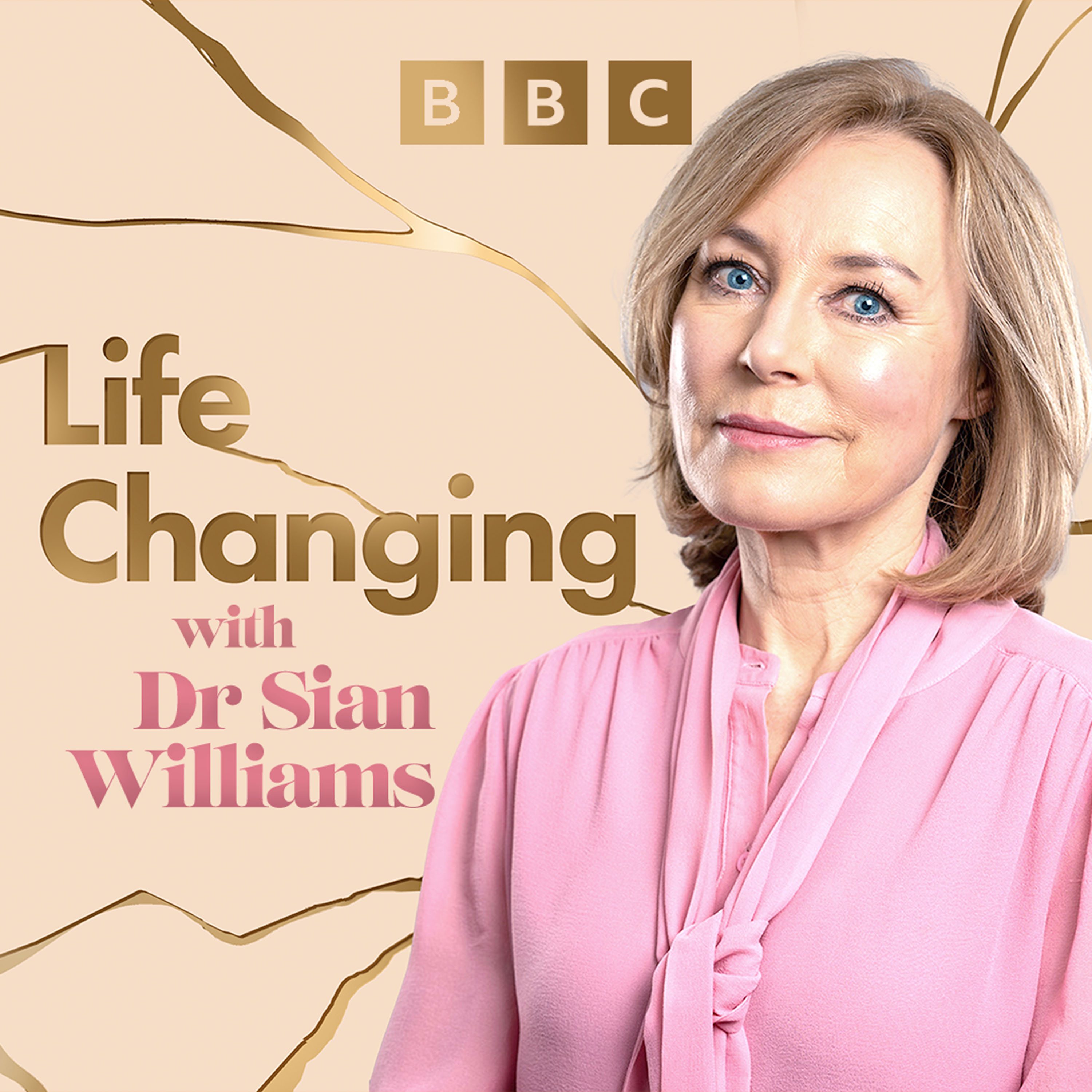
Life Changing
BBC Radio 4
Tech Life
BBC World Service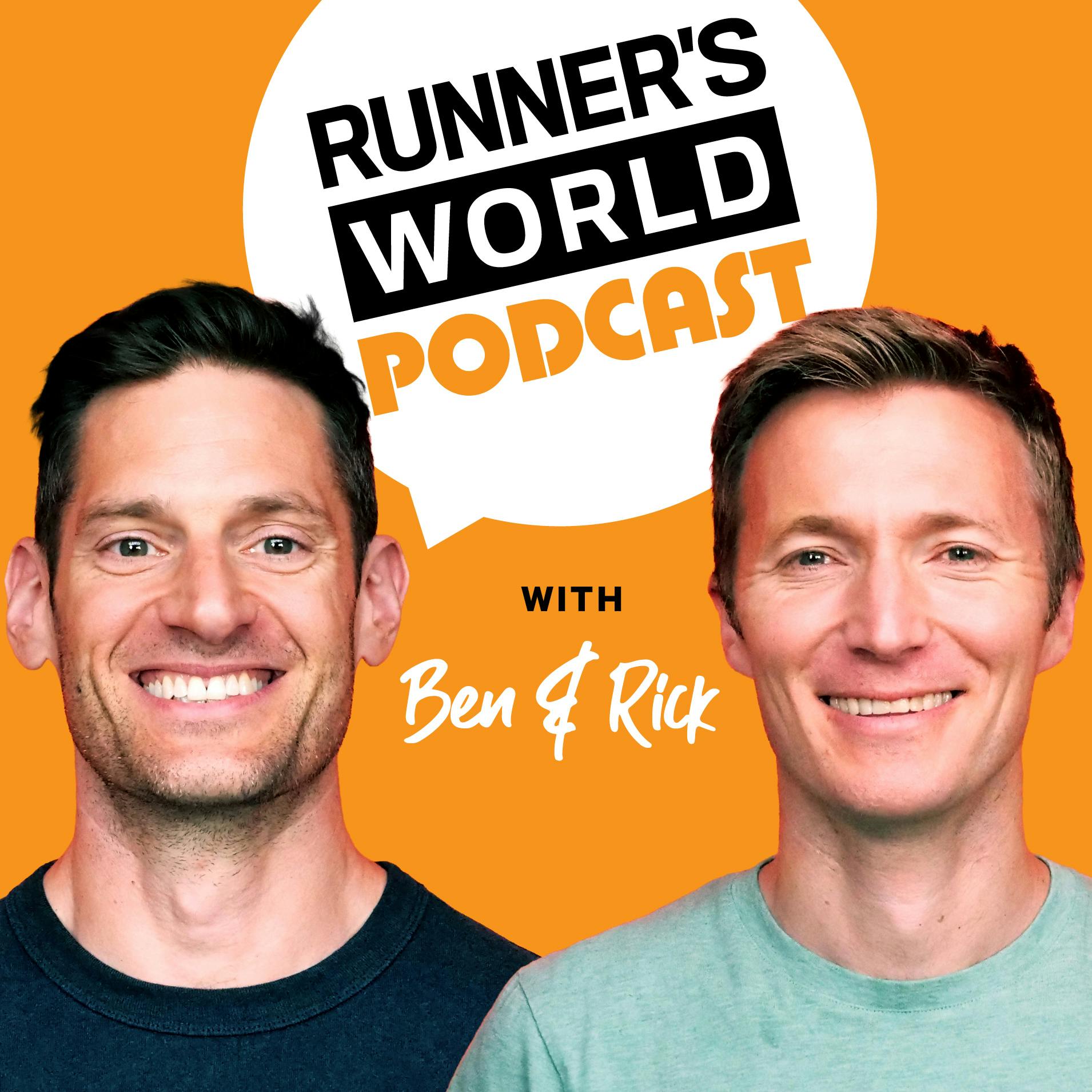
Runner's World Podcast
Runner's World UK
Buzzcast
Buzzsprout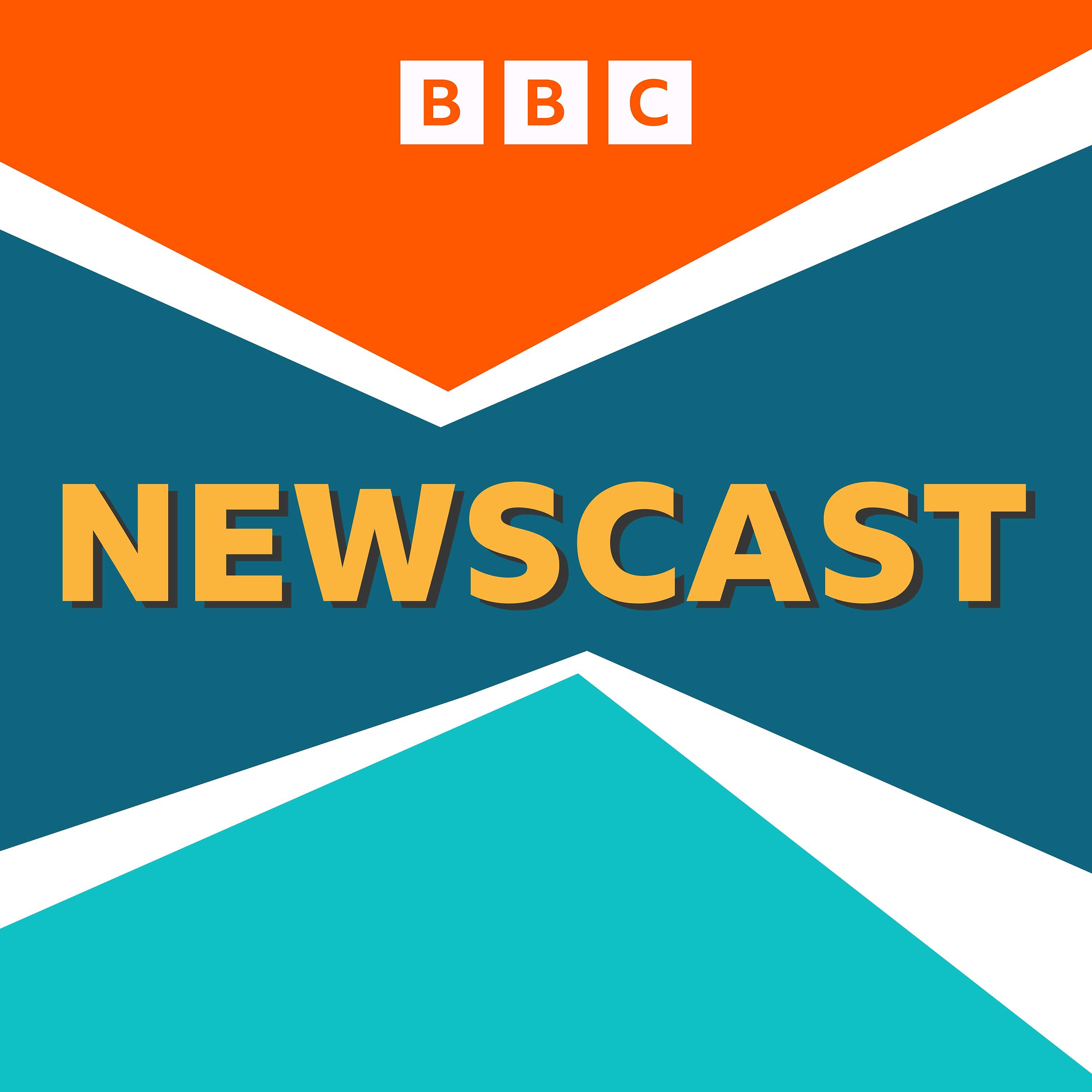
Newscast
BBC News
Understand
BBC Radio 4
Cyber Hack
BBC World Service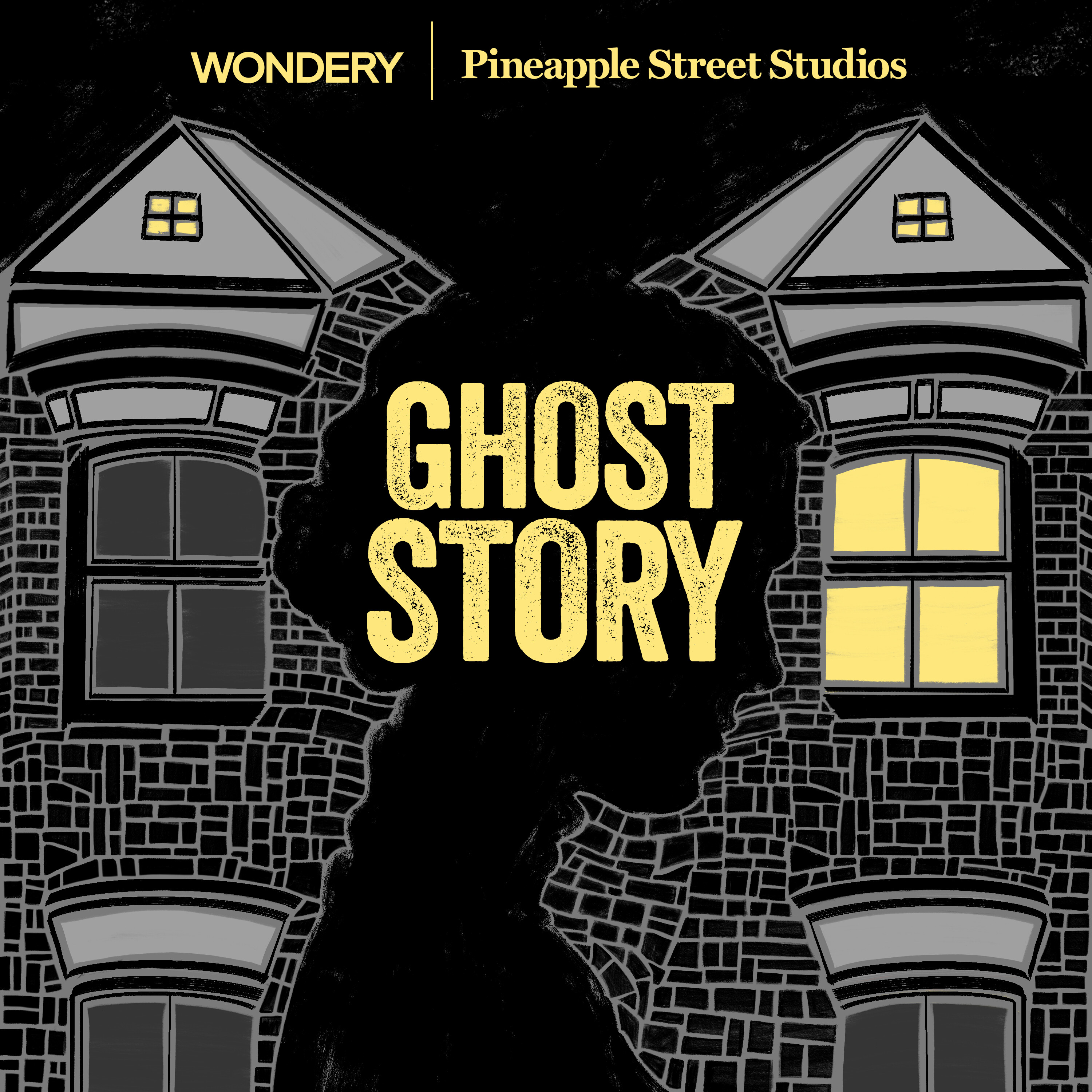
Ghost Story
Wondery | Pineapple Street StudiosDiz Runs Radio: Running, Life, & Everything In Between
Join Denny Krahe, AKA Diz, as he talks with a variety of runners about running, life, and everything in between.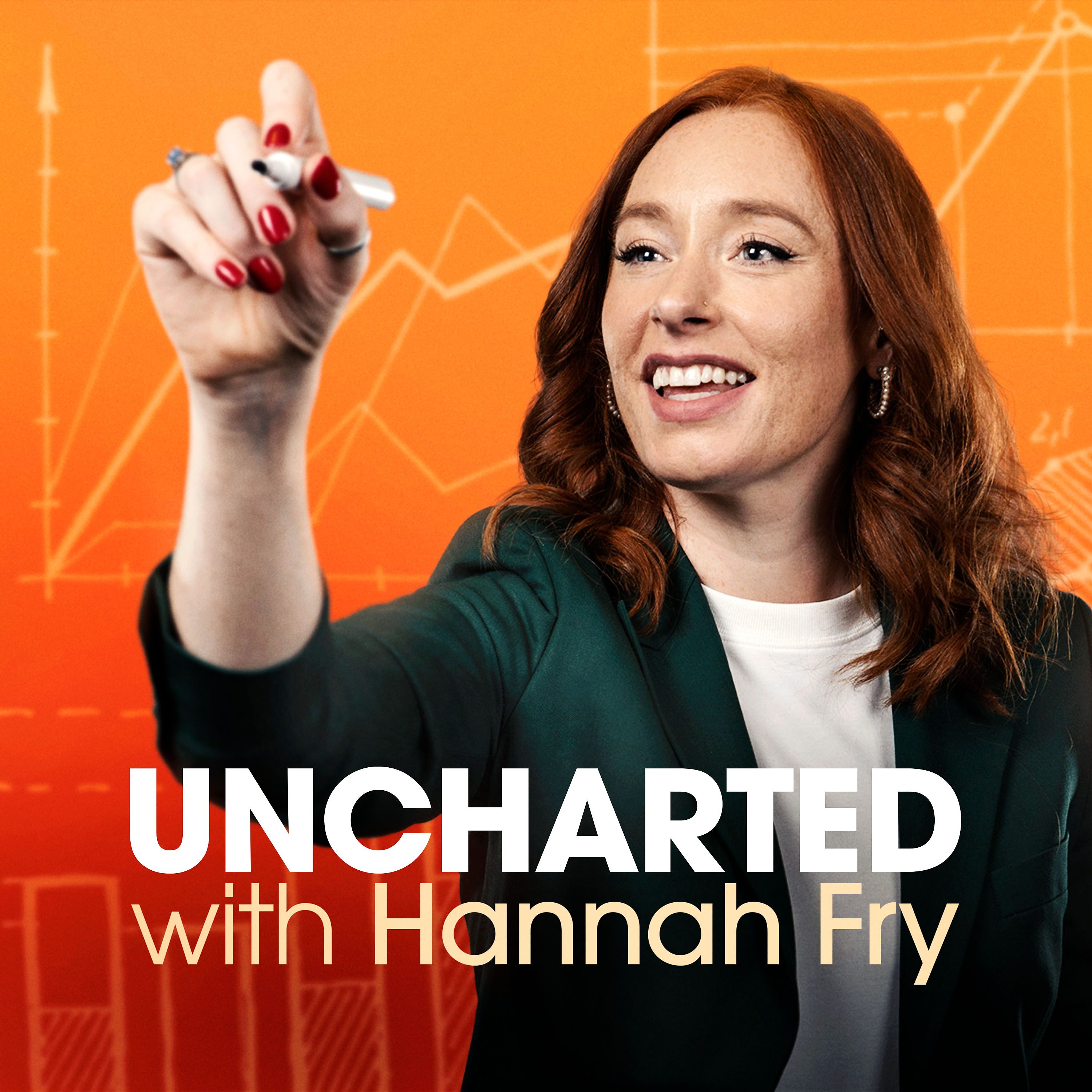
Uncharted with Hannah Fry
BBC Radio 4
The Global Story
BBC World Service
The Coming Storm
BBC Radio 4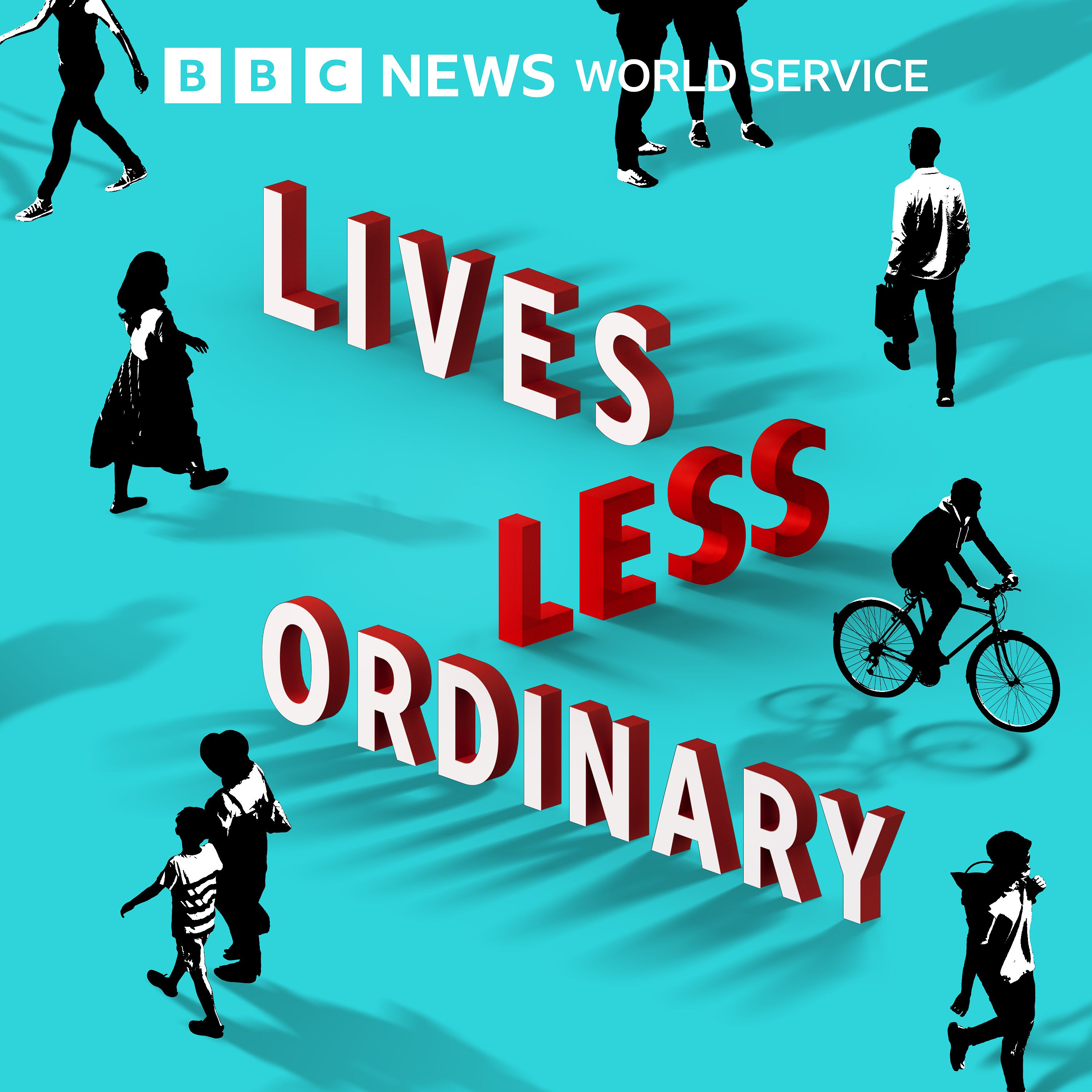
Lives Less Ordinary
BBC World Service
Do Epic Shit Today Podcast
Hannah Mulhern
The Rest Is History
Goalhanger
